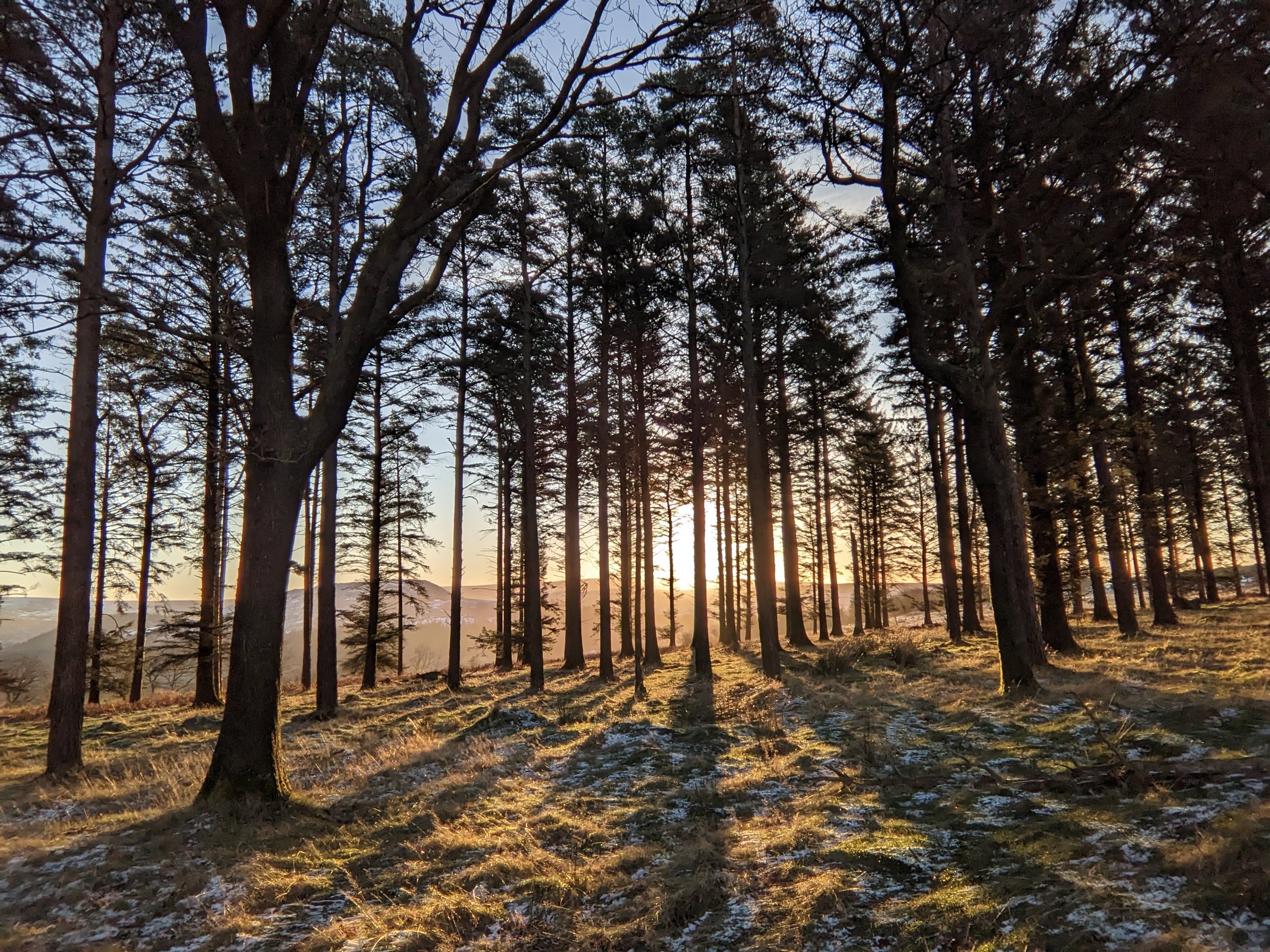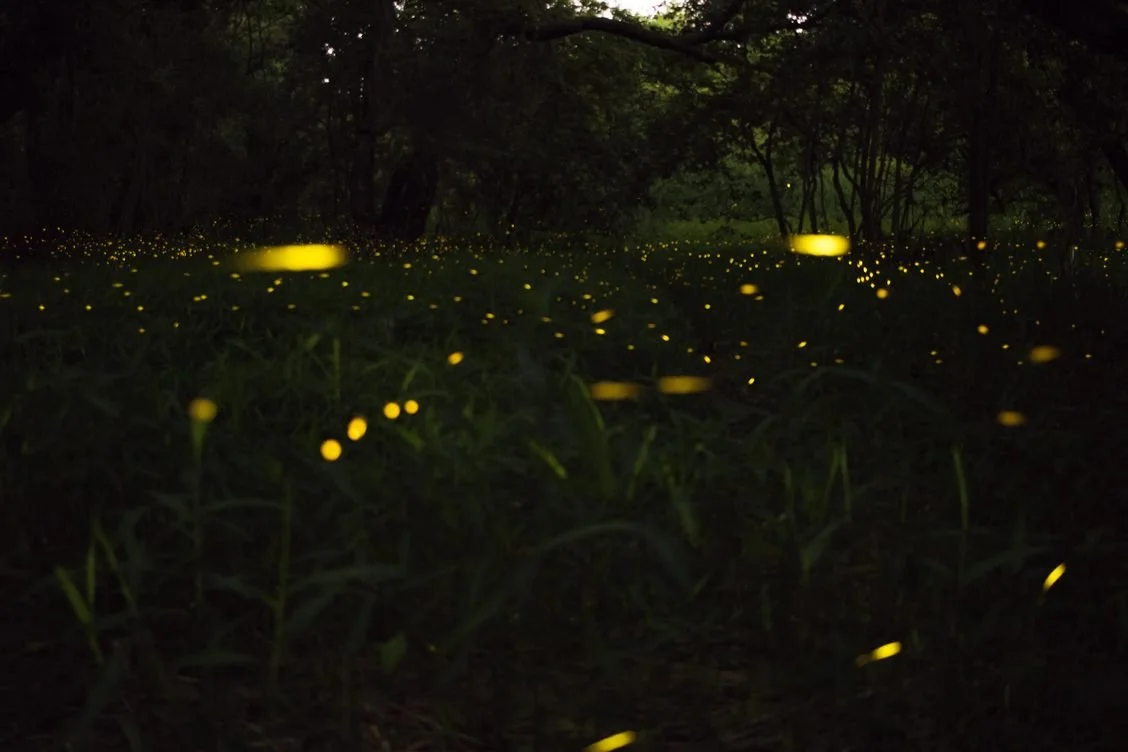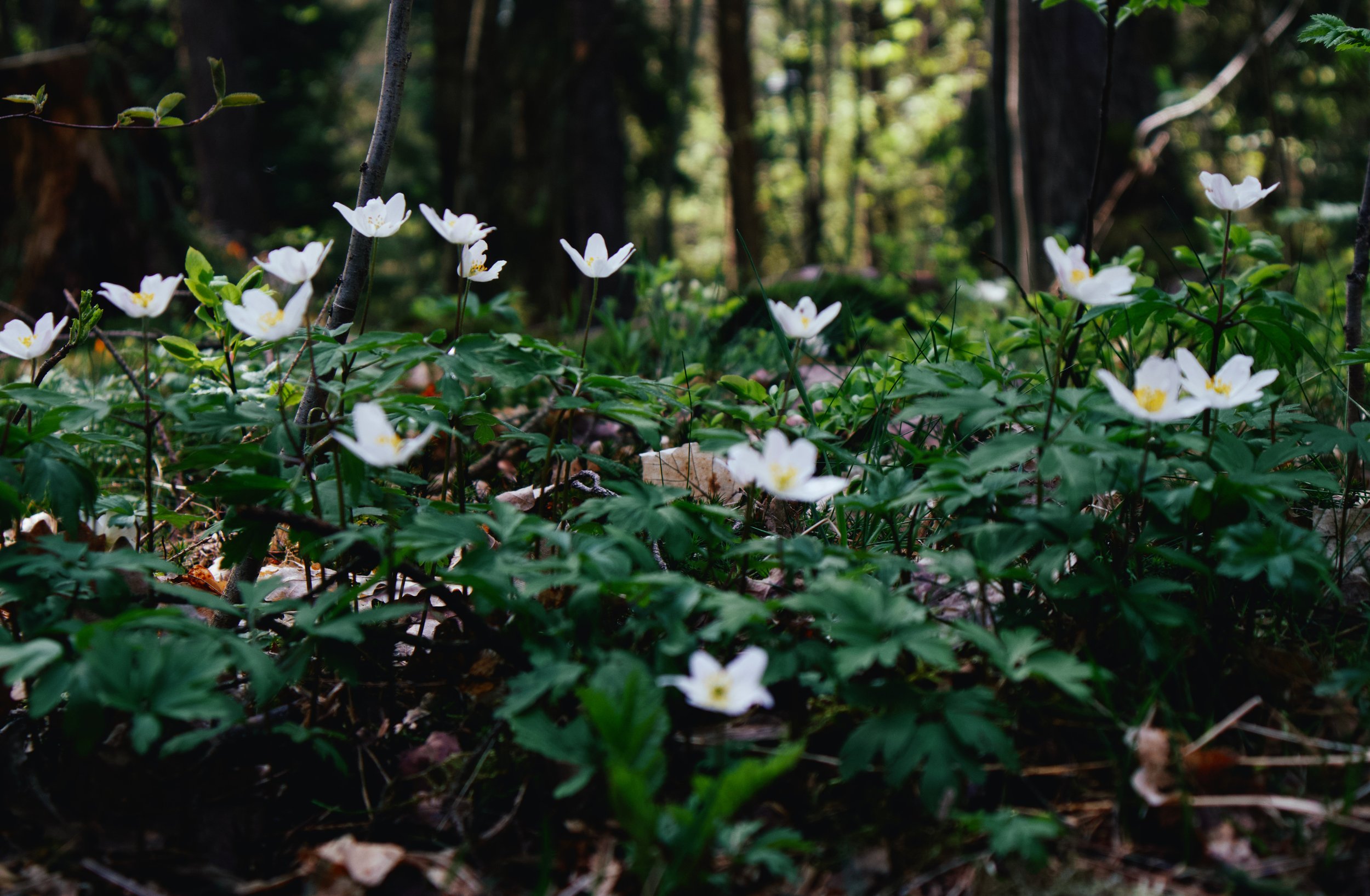
The Oak View Letters
The Way of the River and a Pilgrimage by River
01/09/23
The path of the river has taken on another layer for me personally over the last year or two as I’ve pilgrimaged along the river Wear, which flows through the part of the north east I grew up in. The pilgrimage has been both a personal journey and an offering to my ancestors. Indigenous wisdom tells us that we are able to invoke the spirits of the land we come from to help us heal wounds we may carry that are rooted in our lineage.
So on one level this journey from the source of the Wear in the Pennines to Wearmouth in Sunderland where it joins the North Sea, is about re-connecting myself to my ancestors; all those who have come before me, and yet of whom I remain a part. A pilgrimage has the transporting power to take us beyond our ‘self’ into the whole, the ‘transcendental’ as modern mystics might refer to it.
On this journey I often had to re-learn or re-member things.
Things we actively, or perhaps often subconsciously, ignore when in ‘efficiency’ mode. Things like calculating a route that’s 10km as the crow flies, and should take me one hour, then laughing at myself two hours later when I’ve covered 16km and only made it half way toward my end point.
Things like following the contour of the river despite it leading me over a barricade into private development land in Sunderland’s city centre, getting tangled up in a labyrinth of brambles and crawling over broken glass, only to end up - legs singing with nettle stings - a few hundred yards from where I had begun the detour, on the wrong side of a high wire fence.
Things like feeling strong and full of song one minute then breaking down with exasperation moments later when the path tumbled out over an impassable ravine, and I have to go back on myself.
All these kinds of humbling and ego-quieting experiences are so worth the effort. By making a commitment to journey, in whatever form that may take, the commitment to something beyond the self grants us perspective (even if not always instantly). Making a conscious commitment, by setting an intention, the ‘offerings’ we make enable us to dance with obstacles in a way that nourishes our energy field.
Indigenous connections to rivers
01/09/23
The Ganges and the Story of Ganga
In Hindu mythology, the Ganges River, known as Ganga, is revered as a goddess who descended from the heavens to Earth. Ganga was so powerful that her descent to Earth would have destroyed the world and its people. According to legend, King Bhagiratha prayed ardently to Lord Shiva for protection, and Shiva obliged, releasing his dreadlocked hair for Ganga to ride down, so that she came to land safely. Ganga’s waters are still today thought to purify the physical body and also the soul. People from all over India and beyond visit the Ganges to perform rituals, take holy baths, and release the ashes of their loved ones into the river, seeking spiritual healing and transformation.
The Amazonian Kichwa’s Wisdom
The Kichwa people of the Amazon Rainforest, a large indigenous grouping including the Napo Runa, have a profound connection with the rivers that flow through their ancestral lands. Their stories speak of the river as a mother who provides sustenance and healing. They believe that by respecting and protecting the river, they maintain a harmonious relationship with the natural world. The river, in turn, bestows them with abundant resources and spiritual growth. The Napo Runa’s deep respect for their rivers embodies the idea that a healthy relationship with nature can lead to personal and collective transformation.
The Maori Whanganui River in New Zealand
The Maori Whanganui River in New Zealand holds special significance for the Maori people. In 2017, the New Zealand government recognised the river as a legal person with rights, acknowledging its spiritual and healing importance to the Maori. According to Maori tradition, the river is seen as a source of identity, sustenance, and healing. This recognition represents an historic landmark in Indigenous rights and environmental protection, reflecting an appreciation that the well-being of the river is bound up with the well-being of the people.
This inspiring case is one of a growing number that provide hope that our Natural world can bring transformation not only in individual people but also in the legal and cultural fabrics that govern our relationship with the environment and thereby shape our future.
Although our world’s forests and natural places have been severely damaged and depleted, and governments have many times stalled or even reneged on promises to protect them, there are examples of governments recognising the value of the natural world and indigenous wisdom being re-woven into our cultural practice through environmental governance legislation.
Ecuador’s Rights of Nature: In 2008, Ecuador became the first country in the world to recognise the rights of nature in its constitution. This legal framework, enshrined in the Ecuadorian Constitution, honours the value of nature. It also allows individuals and communities to file lawsuits on behalf of ecosystems. This recognition has been instrumental in protecting Ecuador’s diverse, rainforest ecosystems. While we should not be complacent, we can take hope from the fact that there have been a number of successful invocations of these rights, including the Yasuni ITT initiative. It protects a corridor of oil reserves and recognises the value of the Amazon is greater than economic benefits from extracting the oil.
Bolivia’s Law of Mother Earth: Bolivia passed the Law of Mother Earth (Ley de Derechos de la Madre Tierra) in 2010. This law recognizes nature as a living being with rights and establishes the legal framework for the protection and conservation of the environment. It emphasises the importance of indigenous knowledge and practices in sustainable resource management.
Aotearoa New Zealand’s Kermadec Ocean Sanctuary: In 2015, New Zealand proposed the creation of the Kermadec Ocean Sanctuary, which protects an area of the South Pacific Ocean twice the size of the country’s land mass. While this landmark sanctuary has not yet been agreed upon, in part due to a lack of agreement over fishing rights for Māoris, the New Zealand government is still in discussions to come up with a solution that ensures their traditional rights and establishes the sanctuary for marine life.
Canada’s Indigenous Protected and Conserved Areas: Canada has been working to establish Indigenous Protected and Conserved Areas (IPCAs) in collaboration with Indigenous communities. These areas recognise the sovereignty of Indigenous peoples and their traditional knowledge in the conservation and management of lands and waters.
Such legal frameworks and initiatives are crucial steps toward sustainable and equitable management of natural resources and the protection of the natural world.
Ode to Heron
11/08/23
Rain blurred the boundary between days beyond reckoning. I don’t know where the heron goes when the rains come. It was said to me once that they are able to fold themselves up inside rain curtains and disappear. It is only the heron that has power to stop the rains. When the rains desist, I go to the river to seek them out and speak with them.
You are more like the horizon than any other creature I’ve known. However I move toward you, whatever stealthy advance I make, you always lie beyond me. At times you seem to admit my approach, like the horizon on the summit of a hill, only to disappear into the distance immediately I crest the peak.
You alchemise water and air into feather and bone. You are unmoved by rainstorms that scatter crows and flatten entire fields of wheat. You are as unmoved as stone. Only once have I seen you unnerved by lightning. Even then you simply opened your arms to the rain and embraced it like a mother her child, folding yourself into it.
The Heron asks for nothing. His very presence is a question mark standing upon the threshold of existence.
The Firefly effect
July 2023
…Later that night, lying in bed, I wondered at how extraordinary it was that a family of insects had come to the aid of two lost humans abroad, in the dark, trying to find their way back home.
Esme and I were recently in rural Tuscany, in the tiny village of Fornoli in the foothills of the mountains. On the last night of our trip we had supper at a small family run restaurant in the village, and afterwards found ourselves meandering back up the wooded hillside, in the dark.
The path was hard to make out beneath the tall grass, there were no signposts and we began wondering if we’d be able to find our way back to our cabin in the darkness. Just at this moment, we were greeted with a wholly unexpected encounter…
In the bushes to our left on the narrow path, a soft white glow appeared like a single light from a Christmas tree. Then darkness. Curious, we watched the spot it had come from. After a few seconds, it glowed again. And then again, in a different spot. The light was travelling. No, it was flying. A firefly.
As we followed the firefly up the path, more and more and more of them started glowing, ever so softly, ahead of us. Before long, the whole trail was aglow. Mesmerised, we kept walking, and for about half a mile up the hillside the fireflies led us right back to our cabin, like flight controllers guiding an aircraft to land.
…Later that night, lying in bed, I wondered at how extraordinary it was that a family of insects had come to the aid of two lost humans abroad, in the dark, trying to find their way back home. What does a firefly feel when it sees it’s fellows glowing? Do the fireflies experience each other like beacons on lookout points exchanging binary signals, or is there some deeper meaning that can be transmitted by their glowing?
Try considering the small gestures we make that to us seem unremarkable, yet might change the course of another’s day. A kindly utterance to a neighbour tending his roses. A smile to a stranger on the bus. Boiling potatoes for a loved one; halving them and anointing them with a knob of salted butter.
What small act did you make today that you might have let go unrecognised, which may have brightened or changed the course of another’s day, however modestly? Why not take a moment to recognise the difference you might have made to someone’s day, and thank yourself for it?
Morning Reflections
19/03/23
Thinking about our Dances with Wolves retreat in June I had some ideas and made some writings about our work and how it relates to connection, place and loneliness.
Watching the sun come up this morning and reflecting on the nature of our human existence - our dance between loneliness and connection - my mind went to the Wolf. The wolf’s cry is a lament for the moon; it gives voice to our longing for connection. Yet at the same time the wolf is a symbol of the interconnectedness of being…
I have been reading Buddhist teacher Pema Chödrön in her guide, When Things Fall Apart, where she explores the concept of existential loneliness. She writes:
“We are fundamentally alone, and there is nothing anywhere to hold on to. Moreover, this is not a problem. In fact, it allows us to finally discover a completely unfabricated state of being. Our habitual assumptions — all our ideas about how things are — keep us from seeing anything in a fresh, open way…”
While I agree with her, especially about the importance of experiencing loneliness as part of the exploration of reality, I also feel that this aloneness is only one side of a coin. It is the side of the coin with a face on it, a mind inhabiting it. Our minds are born wanderers. When we inhabit the mind we are able to feel this apparent loneliness. As Barry Lopez puts it:
"Existential loneliness and a sense that one’s life is inconsequential, both of which are hallmarks of modern civilizations, seem to me to derive in part from our abandoning a belief in the therapeutic dimensions of a relationship with place."
However, there is an equal and opposite - or parallel - truth, waiting for us on the other side of the coin. The other side of the loneliness coin reflects our connectedness with all things. We feel this when we sit out and watch the sky, and suddenly witness a flash of light tracing an arc before us: a shooting star. We are never alone. We are part of the ever unfolding happening of the universe. Lopez, whose writings reimagine indigenous wisdom for modern times, reminds us that our mind and our body are indivisible elements and the same is true of place. We are one with that which we inhabit. He points us towards the complexity of patterns in the natural world, which we all form part of. What’s more, we are rewarded whenever we move in the direction of acknowledging that connection between ourselves and the universal self. Lopez continues:
“And every natural place, to my mind, is open to being known. And somewhere in this process a person begins to sense that they themselves are becoming known, so that when they are absent from that place they know that place misses them.”
This gets to the core of our work, and what we hope to offer at Oak View. Bringing attention to the place we find ourselves, breathing into it, moving with it, and in so doing deepening our intimate connection with it. This work is as much a remembering of our connectedness as a reweaving of it. Whatever it is, we invite you over and over to play with it, feeling into the possibilities that open up when you allow yourself to just be. It rejects the baggage of expectations that we place on ourselves, and so it is a place of deep restfulness. First we pay attention, then we wait and see what the body has to tell us, and how nature can support us in being with that which comes.






